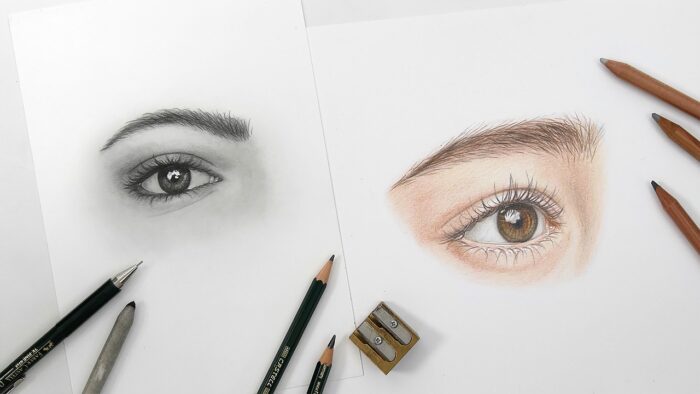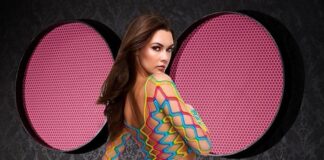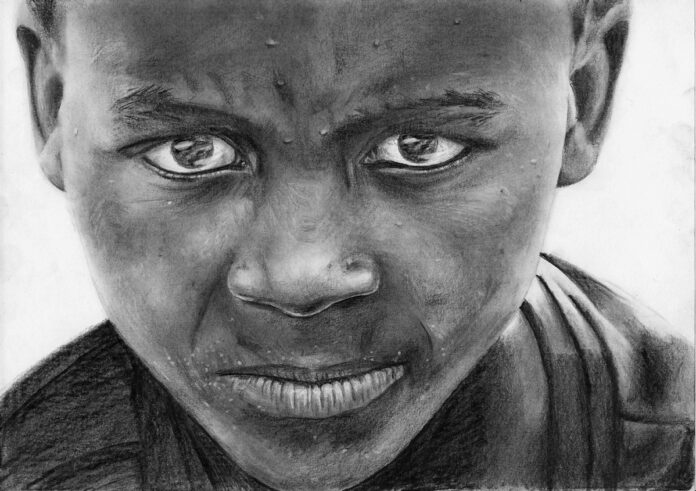
If you’ve ever tried to make a portrait that looks like the person you’re sketching, you know it’s no walk in the park. Maybe you’ve got the eyes perfectly, but then the mouth looks… well, let’s say “abstract.” So, how do the pros do it? What tools, materials, and techniques help bring out that jaw-dropping realism? Today, we’re digging right into what you need to know.
Key Points:
- Start with high-quality materials.
- Choose pencils that create subtle shading.
- Use fine, detailed erasers for accuracy.
- Rely on blending tools for lifelike depth.
- Work with specialized paper that holds every detail.
A Perfect Start: Quality Materials Are Non-Negotiable
To draw like a pro, start by choosing top-notch tools. Good materials make the difference between a rough sketch and a polished portrait. That’s not about snobbery—materials have a massive impact on precision and detail. Pros know what works, and it’s time you do too.
Imagine you’re crafting a portrait for a family—something that’ll sit proudly on their wall. The best tools give you confidence, letting each line and shadow fall into place. Quality materials serve as the backbone, offering durability and reliability from start to finish. Investing in the right tools gives any portrait a level of care and refinement worth every bit of effort.
Pencil Selection: The Heartbeat of Realism
Pencils are essential. To achieve a range of shades, you need a variety of pencils, each giving a unique touch. Softer pencils like 2B or 4B produce richer, darker strokes, while hard pencils (think H and HB) handle the lighter details without smudging. You may need to test a few brands, but a solid set will quickly become your go-to.
Professionals might tell you, “Go for graphite pencils.” They’re perfect for creating depth, allowing smooth transitions from light to dark. And if you need your portraits to look like your subject’s double, then graphite pencils help capture that shadow detail in eyes, lips, and skin tone variations. You can also explore charcoal pencils for intense contrasts—just be prepared for a bit more cleanup.
A Blend Above: Smudging Tools for That Realistic Finish
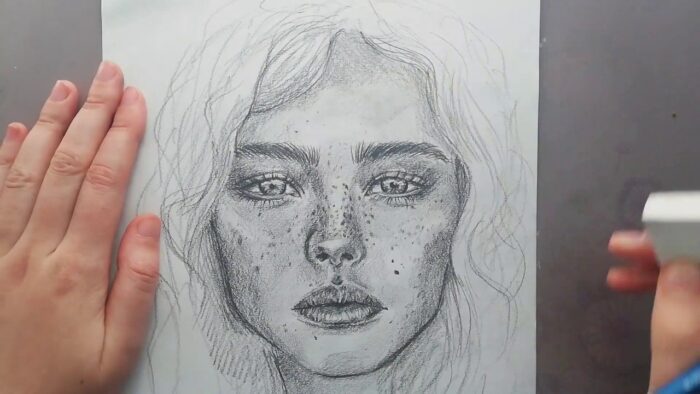
Achieving lifelike skin tones means you can’t leave rough pencil marks all over. Blending tools like paper stumps, tortillons, or even cotton swabs come into play here. They soften any harsh lines, creating a smoother transition from light to dark, which works magic for skin tones. Blending is what separates beginner portraits from polished, professional ones.
You can use your finger if you want, but it’ll add oils to your work. Instead, try blending tools designed for portraits. The final effect looks natural, taking away any harsh lines and giving smooth shading across the face. Look closely, and you’ll see where each stroke melts into another, giving depth and texture. For skin, blending is non-negotiable.
Precision with Erasers: Bringing Out Highlights
High-quality erasers are just as essential as pencils, especially when pulling out fine details like the reflection in someone’s eye or the light on their cheek. A precision eraser gives you control to remove just the right amount of graphite, adding highlights and brightening areas that demand attention.
An eraser can lighten up areas that accidentally get too dark. Kneaded erasers, which you can mold, are perfect for this. They don’t just erase—they lift the graphite gradually, letting you adjust light areas without making it obvious. Detailed erasers bring out the portrait’s finesse, giving it character and individuality.
Professional Paper: Holding Every Detail

Your work deserves a strong, smooth canvas. Regular paper won’t cut it. For photorealistic detail, you need a paper that grips the graphite well without smudging. Paper texture plays a role too; a rougher texture allows for depth but can create unwanted friction. Smooth paper lets you create finer details, ideal for capturing those lifelike elements.
Investing in paper made specifically for portraits changes everything. It holds up under erasing and doesn’t crumble under pressure. Pros often use paperweights between 200-300 GSM, which handle heavy shading without ripping. Your portrait stays sharp and doesn’t lose its freshness.
Families Portrait offers a unique take on personalized art pieces. A carefully crafted portrait captures everything from the joy in a smile to the smallest wrinkle, echoing every essence of the original photo. For a meaningful gift or to treasure a memory, a family portrait adds that personal touch that no photograph ever could.
Lighting Matters: See It Right, Draw It Right
Natural lighting affects how you perceive shadows and highlights. Before starting, make sure you’re in a well-lit room, ideally with natural light or a neutral white lamp. It lets you see the true value of each shade, especially the subtle ones. Relying on dim lighting leads to inaccurate shadings, and ultimately, that impacts realism.
Professional artists swear by lighting techniques, knowing it’s the foundation of their success. Set your portrait under a lamp or natural light, viewing the shadows clearly. This step ensures the lighting in your art stays faithful to the original, creating that ‘real’ feel.
Staying True to the Reference Photo
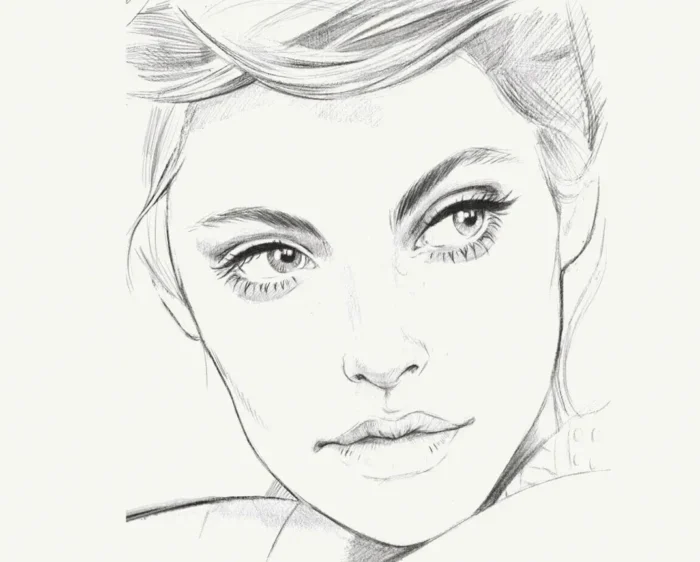
Photorealistic portraits rely on accuracy. Print out your reference image in high resolution, ensuring you capture every detail. Take your time. Measure distances between features and constantly compare with the reference. Those little checks matter, keeping each line honest to your subject’s unique look.
Measurement tools like rulers or proportional dividers give you an edge, letting each feature fall into perfect proportion. Don’t rush; take time to keep checking with the reference. Pros don’t wing it—they stick close to their reference, ensuring every stroke stays loyal to the image.
FAQ
1. Why are different pencils necessary?
Each pencil has a different graphite hardness, creating varied tones essential for realistic shading.
2. Can I blend with my finger?
Yes, but it can leave oils on the paper. Use a blending tool for a cleaner, more consistent effect.
3. What type of eraser works best for portraits?
Kneaded erasers are ideal as they can be shaped and won’t leave harsh lines.
4. Is special paper necessary?
Absolutely. The special paper holds graphite better, preventing smudges and retaining fine details.
5. Do I need natural light to draw?
While not essential, natural light helps you see subtle shading, which improves accuracy.
Conclusion
Photorealistic portraits require dedication, skill, and the right tools. Quality pencils, blending tools, detailed erasers, and strong paper create the foundation. Every detail matters—whether it’s lighting, staying true to the reference, or the type of eraser used. With practice and the right approach, anyone can create portraits that seem to breathe life.
Drawing or photography—each captures moments differently. Portraits drawn with care can reveal depth and emotion that often goes beyond a photograph. Each tool, and each material, plays its part in achieving a level of realism that transforms a sketch into a memory on paper. Happy sketching, artist!

